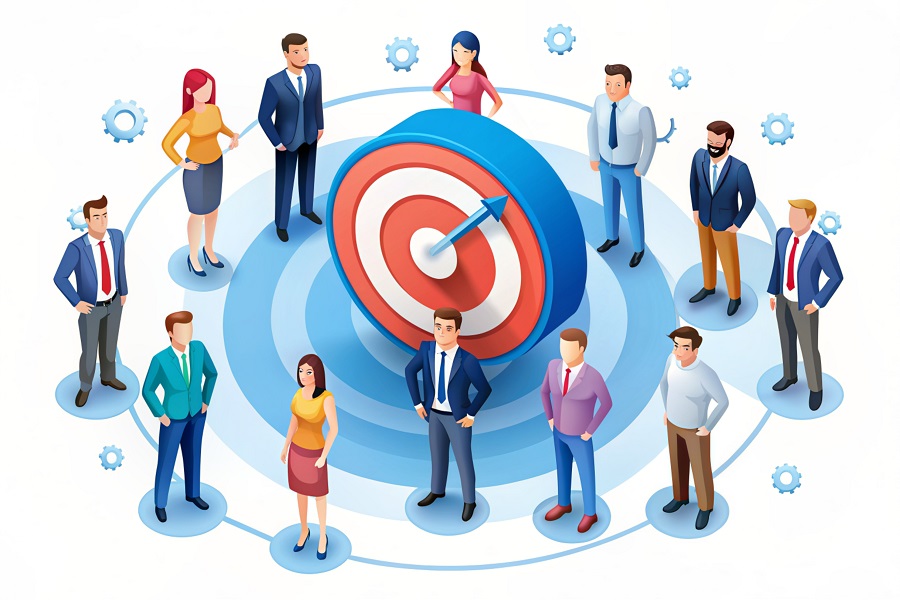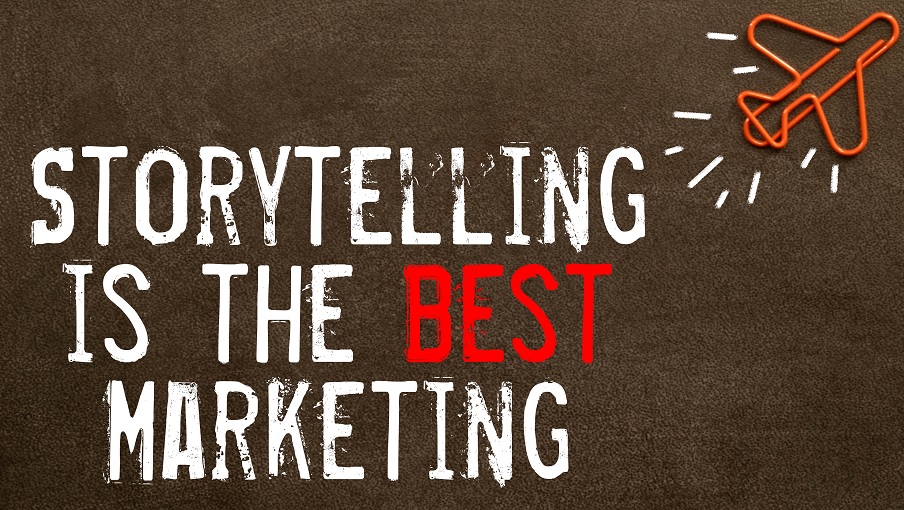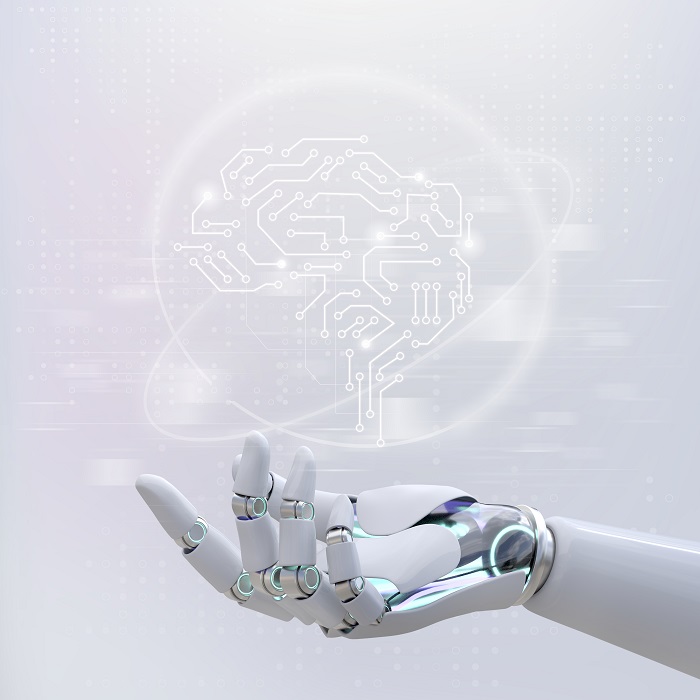The digital marketing landscape is a battlefield, with established traditional marketing facing a challenger with a futuristic arsenal AI marketing. Both approaches have their strengths and weaknesses, and the optimal strategy depends on your specific goals and target audience.
Let’s go through into a competitive analysis of these two marketing approaches across six key factors, using data-driven insights.
A 6-factor Showdown
Targeting & Personalization

- Traditional Marketing:
- Relies on demographics, media placement, and broad segmentation.
- AI Marketing:
- Leverages customer data, purchase history, and online behavior for hyper-personalized targeting.
Advantage: AI Marketing. Its ability to tailor messages and recommendations to individual users significantly increases conversion rates and customer satisfaction.
Campaign Measurement & ROI
- Traditional Marketing:
- Tracking ROI can be challenging, often relying on indirect metrics like brand recall surveys.
- AI Marketing:
- Enables real-time campaign tracking and measurement, providing a clear picture of ROI through click-through rates, conversion rates, and customer acquisition costs.
Advantage: AI Marketing. By providing detailed data analytics, AI allows for continuous campaign optimization and a more accurate understanding of marketing spend effectiveness.
Content Creation & Storytelling

- Traditional Marketing:
- Relies on human creativity to develop marketing materials and craft brand narratives.
- AI Marketing:
- Assists in content creation by suggesting topics, generating headlines, and optimizing content for search engines.
Advantage: Traditional Marketing. Human creativity is irreplaceable when it comes to crafting compelling brand stories. However, AI can significantly streamline content creation, allowing marketers to focus on strategy and storytelling.
Automation & Efficiency

- Traditional Marketing:
- Many tasks, like ad placement and campaign management, require manual effort.
- AI Marketing:
- Automates repetitive tasks, freeing up human resources for strategic planning and analysis.
Advantage: AI Marketing. Automation streamlines workflows, improves efficiency, and allows marketing teams to focus on higher-level tasks.
Customer Experience & Engagement

- Traditional Marketing:
- Primarily offers one-way communication through ads and marketing materials.
- AI Marketing:
- Enables two-way communication with chatbots, personalized recommendations, and dynamic content.
Advantage: AI Marketing. Personalized interactions and proactive engagement create a more satisfying customer experience and foster stronger brand loyalty.
Cost & Implementation
- Traditional Marketing:
- Costs can vary widely depending on chosen media and campaign scale.
- AI Marketing:
- Implementing and maintaining AI tools requires upfront investment and technical expertise.
Advantage: Traditional Marketing. Setting up traditional marketing campaigns might be less expensive initially. However, AI’s long-term cost benefits with improved targeting and ROI can outweigh the initial investment.
A Strategic Blend for Success
AI marketing isn’t a challenger; it’s a powerful ally in the marketing arsenal. By taking a strategic blend of AI and traditional marketing, unlock exponential growth and customer engagement.
Nike’s Air Max Day campaign is a prime example of how blending AI marketing with traditional marketing can create a powerful, multifaceted approach that leverages the strengths of both. By integrating AI-driven personalization and real-time insights with the broad reach and credibility of traditional methods, Nike was able to achieve remarkable results in terms of sales, engagement, and brand loyalty. This case study underscores the potential of a hybrid marketing strategy in today’s competitive landscape.
An Action Plan
Developing and implementing an action plan for marketing dominance crafting a blend of traditional and AI marketing is not a daunting task. It needs to well-structured and must have a systematic approach. Here’s how:
1. Become an AI Adept:
- Upskill your team:
- Invest in training programs that equip your marketing team with the knowledge and skills to leverage AI tools effectively.
- Go ahead with experimentation:
- Start small with pilot projects. Experiment with different AI marketing tools and analyze results to identify the best fit for your brand and target audience.
2. Craft a Compelling Narrative:
- Don’t underestimate storytelling:
- AI can’t replace human creativity. Focus on crafting a compelling brand story that resonates with your audience.
- Personalize the narrative:
- Leverage AI to personalize the story for individual customers. This can be done through targeted messaging, dynamic content, and personalized recommendations.
3. Measure. Analyze. Refine.
- Unify data:
- Integrate data from both traditional and AI marketing channels to gain a holistic view of campaign performance.
- Continuous improvement:
- Use data insights to refine strategies, optimize campaigns, and ensure marketing efforts are laser-focused on delivering exceptional customer experiences.
Marketing has always been an evolving field, adapting to new technologies and societal changes. The advent of Artificial Intelligence (AI) has introduced a seismic shift in how businesses approach marketing. The future of marketing is not “AI vs. Traditional,” it’s “AI and Traditional, Together.” By implementing these steps, unlock the true power of this dynamic duo and propel brand to new heights.



0 Comments